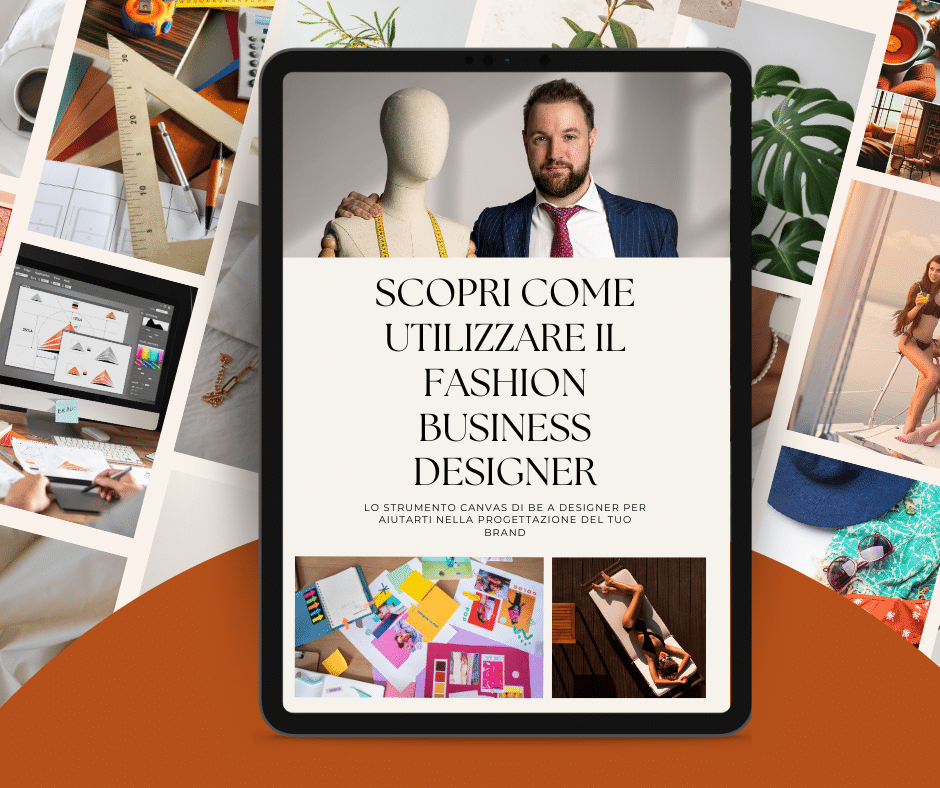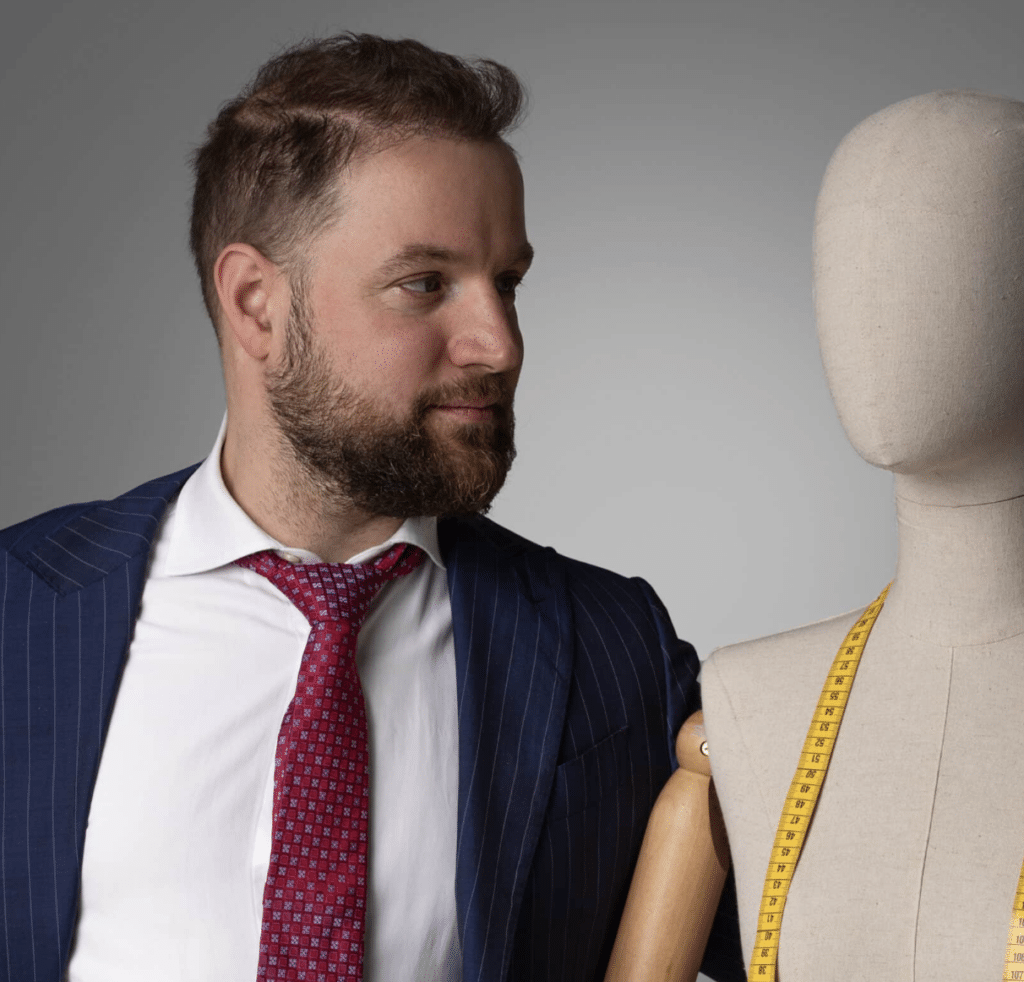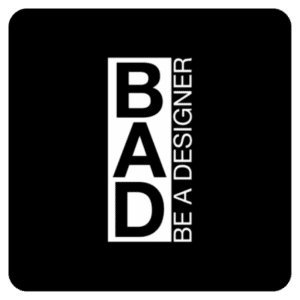STRONG TOGETHER: HOW TO TAKE PART IN CHIARA FERRAGNI AND PANTENE'S COMPETITION
Do you also want to take part in the competition sponsored by Chiara Ferragni? In this article I explain how to do it!
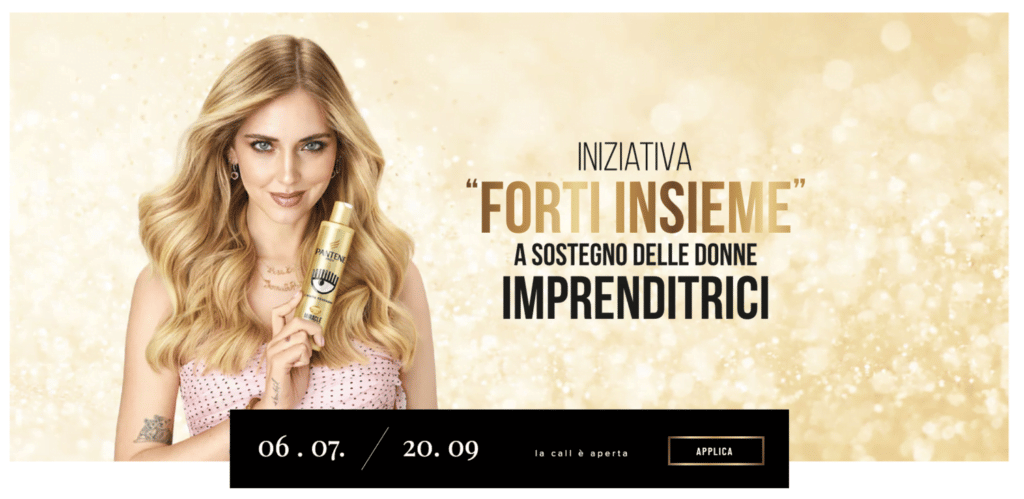
Hello and welcome! I am Corrado Manenti and in this video we talk about something very interesting, namely the Strong Together contest, the initiative made by Chiara Ferragni together with Pantene to support innovative start-ups and female entrepreneurship.
You have exactly one month from today, the day I shoot the video, (today is 21 August and this possibility closes on 20 September) to submit your project free of charge and try to get a grant of up to 75,000 ? which will be divided among the three most deserving finalists.
For what matters to us, apart from the initiative and everything else, is to find out how to enter a competition and what characteristics our idea must have in order to be judged interesting and sexy by a jury that is going to see certain things. That's what we'll talk about in this article.
I want to tell you right away that, if you are a man like me, this competition is not for us, it is not for you, but it is still interesting that you watch this video because we will be able to see certain things that are at the basis of any evaluation process, whether you present yourself to an investor, or whether you want to participate in this or any other competition because, more or less, the characteristics for which the idea is evaluated are always the same.
In this article (you can also find the Podcast and Video version) we will use, as usual, our ?Fashion Business Designer? where I have identified which areas we are interested in delving into in the general view of business when talking about entering a competition.
Of course, as you will know if you follow me, this approach covers the whole mental map of all the things in a collection.
Obviously here having to design a project, and therefore not needing to build the parts of the collection, we will mainly focus on the idea, brand design, a little bit on marketing and above all we will plan the financial aspect of our idea.
Because, obviously, if we try to take funds, whatever they may be, whether they are from a contest, a competition, or a regional competition, whoever gives us the money, or lends it to us, or gives it to us on a non-reimbursable basis, needs to know how we intend to recover it, and so we will have to analyse, in line with the logic of everything that is behind our idea, what drafts we are going to make here, and then how we are going to sell it and how we are going to distribute it, and how long it will take to get back our ROI, and thus our return on investment. behind our idea what draft products we are going to make here and then at the end how we are going to sell it and how we are going to distribute it and in how long we are going to be able to get back to ROI, i.e. the return on our investment.
I have the text of the call for proposals here with me and I am going to look at the most interesting parts and then go back to the Canvas and try to make some reflections on how an idea can be innovative and sold to a jury that evaluates its goodness solely on a conceptual basis, not even as a prototype.
Let's start by looking at the text of the announcement, which you can download at the link below this video.
It is a call for ideas and start-ups called 'Strong Together' for female entrepreneurship.
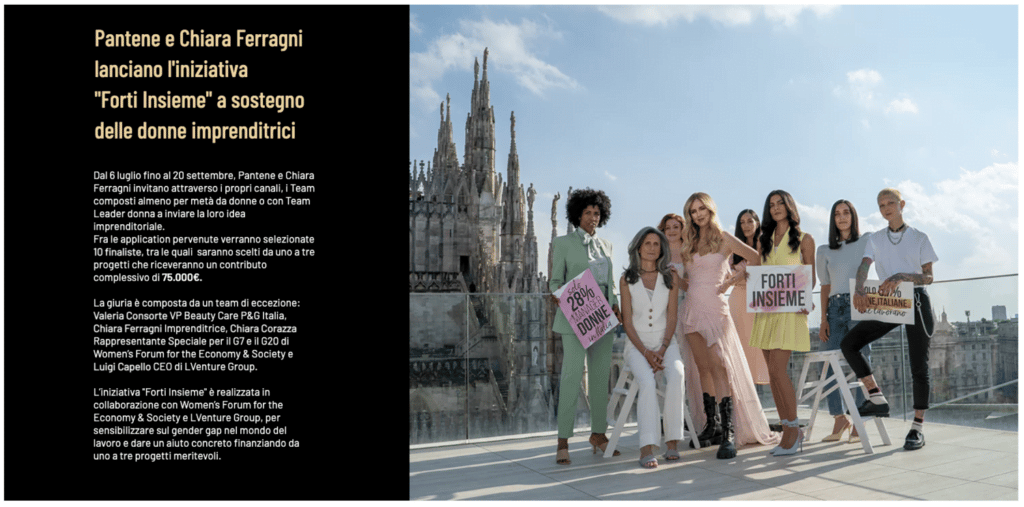
So the first requirement is that you are a woman and that you live in Italy.
It does not matter if you already have a company, of course you only need a tax code to be a legal entity and be able to participate. So the first requirement: you must be a woman, over 18 years old and resident in Italy.
The second requirement is that the company, or the company you are going to set up, is composed of at least 50% women or that you are the entrepreneur and thus the one to launch the idea.
What interests us most is that candidates for this competition, but for all competitions, must propose something truly innovative, and so we will then see, in the light of Canvas, what elements can make our business idea innovative.
One important point, as I mentioned earlier, is that the project must be financially sustainable and generate economic value (obviously an investor wants to see a return on the investment) or have an important social impact. So it can also be a project that initially does not break even, does not go ahead, but espouses a macro social cause with a very strong impact (we hear a lot about this these days) and therefore the economic value is absolutely put in the background.
Obviously, no one will ever finance an idea that does not have a return on investment. This is the very basis of how business works in general; therefore your idea must always be monetised and monetised.
And there has to be a scale over time that you go and analyse to see how far, hypothetically in the best or worst case scenario, you will recover your investment and be able to continue.
As I was saying at the very level of what is at stake here in the middle, we have a total budget of 75,000, which can be allocated to one or more projects.
So they will not take the first three projects 75,000, but will be divided on the basis of merit and evaluation.
Surely it is not one of those investments that lead you to jump for joy when you calculate that three tied candidates would get 25,000? as a donation.
So 25,000 is certainly a good budget to realise an idea, especially in the fashion field where you can spend even less (many of the projects I follow start with budgets of 10 - 15,000), so 25,000 is certainly a good idea.
Of course, money is not everything: if the idea is not a good one, a lot of money is thrown away or spent in ways that are certainly not effective in planning a business project in the medium to long term.
So coming back to us, we have precisely the modalities and timing of participation.
As I told you, today when I record the video is 20 August, so we have until 20 September until 1pm to deliver the documentation.
What do we have to hand in to participate in this Chiara Ferragni competition?
First of all our contacts, then we have to make a concise description of the project in no less than 150 words.
In America this is normally called a pitch, or lift pitch, which is another context, which means that if you meet your financial backer in a lift, a person who you know might be interested in your project, you have to be able to briefly describe your idea in 150 words or 30 seconds or 1 minute, so here he favours the gift of synthesis, it's not storytelling, but it's simply "I'll make you understand in a few concepts, in 150 words why my idea is effective and why you should finance it".
The second request, in fact, is a presentation deck, up to 12 slides, where we illustrate a bit what is our business plan beyond the idea, so how from our idea we think we will make a profit and then we must automatically go and analyse our costs that we have for the realisation and the costs that we then have to put it on the market.
The fourth optional thing, which I consider very important, is a video pitch, or a three-minute video where you can tell your idea by putting your face to it.
I think it is always important, (so whether you are the brand: so whether you are the first and last name, the designer, the creator, or whether your brand has a fancy name) that you have to put your face to it on some level.
Especially in these competitions, the fact that you expose yourself personally, make a video a little bit like I do right now in front of this camera and you can see what I am telling you, is very important.
So the additional requirements include whether you have prototypes or ideas (but at this stage I think you either already have something you keep in your drawer and want to recycle for this competition, or else you don't have prototypes; go and build a new idea and see if it is of interest).
However, among the non-essential requirements, this video pitch is also very important because if you reasonably want to be an entrepreneur, or an entrepreneur, because you could rightly also be a man and listen to this speech because you are interested in other competitions, if you are not able to easily tell why your idea is different, why it is interesting, why it has an economic value and why I have a market that is ready to receive it, you have a basic problem with the business idea. Honestly, the business is not for shy people, you have to put your face and since it will be tiring and challenging to carry out the start-up phase (which is the one that goes from the first to the third year of every business) it is very important that you put your determination and energy, you put the money if you have to put it, because obviously there is no opportunity seeking, that is, you are not looking for an opportunity to give you the "opportunity" to do a project because Ferragni is paying you for it. No, you must have an entrepreneurial idea and a dream that you want to realise. Obviously if you take the call for proposals it is an extra incentive, but even if you don't take the call for proposals you should evaluate when to start and how to do it.
How will our idea be evaluated?
Also from the announcement (which you can see here in small print but which you can download and find what I am telling you) will be evaluated according to parameters that are standard for start-ups of any general. Obviously when you hear me we are always talking about either design ideas or objects or fashion so textiles in some way in this area.
Of course, this call for start-ups is also open to many other ideas that we won't go into now, so we'll just talk about those areas that characterise my approach and what Be A Designer is.
In the pre-selection process, the first evaluation criterion will be the potential of our market, our ability of the project to create a profit in the medium to long term and thus be able to refinance it, and so on.
Obviously, if our market is very small and has no social resonance, it is more difficult to say that we have great market potential.
Fashion depends, market potential also depends on distribution and on how much we are able to impact the market and a specific target, because talking about the market is very generic. There are not collections, there are not brands that are made for everyone, but obviously they are much more specific.
The second thing we are going to see when we return to Canvas is innovation, the innovativeness of our idea, i.e. the introduction on the market of something that does not exist or a version that does not exist.
It could be a product, a service, a process or an innovative way of distribution. This we will go into a little more detail when we return to Canvas.
The third characteristic is a team: if you are on your own this obviously does not matter, obviously fashion is not a one-man band, you are not a musician who plays, sings and then also literally sings and plays it.
Obviously you need serious partners and so it is evaluated if you maybe have an idea and do it together with three friends or do some kind of network between people with similar skills to help you with your idea surely it is interesting to present your team.
Obviously, the fourth requirement is the promotion and development of female entrepreneurship, so if you have an impact, even if not only the idea, but then you have a supply chain that you can find a female supply chain or make use of workers in the area that can promote and develop female self-entrepreneurship (you could take an artisan, a seamstress and so on), then it could be interesting to tell that there is an idea behind it.
Obviously the whole idea has to be scalable, so if you make a custom or bespoke bespoke it is less scalable than the idea they want to tell here.
Always remember that no matter what business idea we may have before we enter, we enter the competition trying to give them the idea they want, not trying to adapt our business to their idea because that would be much much more complex.
Of course we need to have a reasonable timeframe, an idea of how long it takes to start our project.
Now let us go back to the Canvas to make some reflections on how we can make our own suitable and attractive.
Without a good idea, there can be no good business, so this is perhaps the most important thing: if our idea is all over the place and not sustainable in the short term, let alone for a competition that asks us to assess the impact and sustainability of our idea in the medium term.
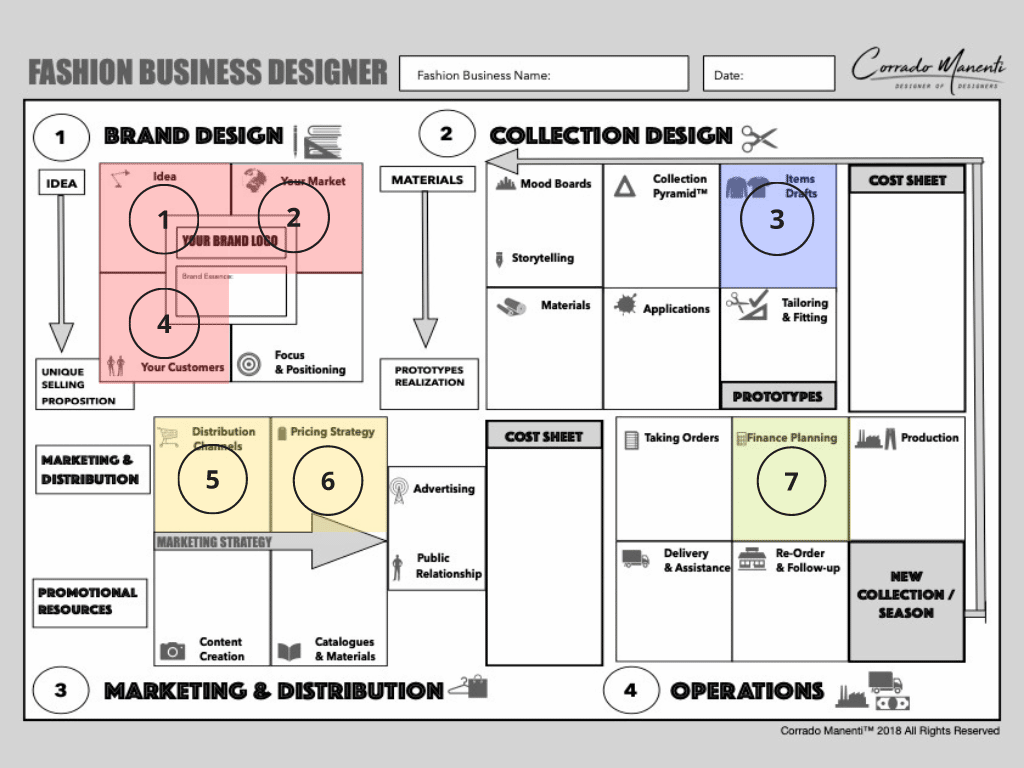
Let's look at our Canvas (you can find this in all the free resources, in my book, so there are many ways to approach Canvas).
Since a global approach could be far too complicated for those who want to start, you will see that all the latest materials I am making try to contextualise the use of Canvas to the specific topics we have covered.
Each part of the Canvas, historically since I studied it in the textile engineering course, I developed it as a thesis project, has its own colour: brand design is red, collection design is blue, marketing and distribution are yellow and lastly all the financial and operations part is green so you will always see these colours repeated, they are not random but they are a bit at the base of the approach and they have always remained that way.
In this colourful version of the Canvas we look at 7 points that we are interested in exploring in order to participate in this competition or in other competitions.
The first thing is our idea, we will go into more detail later on now I will just give an overview of what we are going to see.
The second is our market, so we have to make product market fit, idea market fit, we have to make fit, to make a real interest match between our idea and a target market.
The reference market can be that of your competitors, the big players, but then sincerely each of us has micro markets, niche markets of reference, which obviously if we want to sell something we must know very well because, I always say, the products do not exist outside the relationship between the designer, the creator who is you, the product (which is precisely the intermediary between the idea, reality and the creator) and finally the customer. If there is not this triangulation and it does not work, we can talk a lot about a hypothetical market, market segments, premium, mass market, entry to luxury, but obviously it does not make much sense.
The third thing we have to look at in this type of contest we want to participate in, are the drafts of our garments, let's call them that, obviously the product is always in the background compared to the business model.
If we were to colour the areas of the Canvas we would see how most of the creation of a fashion brand straddles marketing, positioning and branding, which are subsets of marketing, so the 70% of a fashion business is marketing, and the 30% is products.
This is just to tell you that we have to arrive at an idea of something concrete and we cannot do something innovative without knowing at product level what will go on the market.
Another very important thing is that the product does not exist outside our customers, our potential customers, so we will necessarily need a projection, a buyers person or more? buyers person of those who are our customers.
If we don't know, if we don't know who we are making the products for, we are simply hoping that someone will like them and therefore it is not a strategic approach as we are seeing, it is simply something that is a little bit out of the air and therefore very problematic.
The problem is that this is the legacy of fashion academies, especially in Italy, where they do not have a business approach and make you see the 70% behind the 30% of creation.
My approach is completely different because I make you see everything as a whole and I certainly give less value to the product because it can only exist if there is a reflection back because otherwise you are throwing away money and expectations so you can't afford it and it's not right on an ethical level either.
Once we have identified our customers, it is important to make an analysis of what the distribution channels will be: we cannot assess the impact of our idea without knowing how it will be distributed.
One thing that makes the difference, especially for emerging designers, is distribution: if you have a good distribution at the beginning, in a few collections (two, three or four) you can have a 150,000, 200,000, 300,000 business per year, which can be a lot or a few, but certainly a business that for a company starting from scratch makes you say, "Damn, I'm moving something".
If you think to start with online channels and distribute and make these volumes, I'm sorry to say, but it? impossible. So the distribution channels: online, offline ... we always talk about omnichannel, then multi-channel: agents, showrooms, shops, and so on, and always very important to then know what projection you can have in the financial phase: what will be your return on investment and in how much time. If you have no idea of the distribution channels, you will also have no idea of the seasonality.
You are not really obliged to follow a seasonality unless you have distribution channels or serve geographic areas that require it, so it is indeed important that you know the distribution channel.
Penultimate thing (for the last one you have to do the maths and there is little to say about that, you have to know exactly the projection of what you are going to spend that is reasonable and is done well).
The requirement for this kind of contest is a draft business plan, because in 14 slides, between explaining the idea and showing some numbers, it takes much less time than creating a business plan, which implies a marketing plan, a cost analysis, already having a production chain and so on.
But we must have a fixed idea of the pricing strategy, i.e. what prices our ideas and creations will have.
Without this it is impossible to know then what impact we might have, compared to what we have seen before, the distribution channels, on the market.
So with these seven points you can arrive at refining an idea and then have a proposal that you can send to this competition or to others.
Obviously it is difficult to have everything clear right away, so if you need a free call you can book it under the video. Of course it's a pleasure, unfortunately we don't have a lot of time so we don't have a lot of time to follow up with everyone who wants to take part in this competition either, but obviously after having had so many of our customers ask me: "Can I take part? How can I participate? Is my idea good for this type of contest evaluation? I decided to make this video which I hope will be useful to you.
I am Corrado Manenti, I invite you to subscribe to the YouTube channel that will always be updated, it is one of the things I like, publishing videos, if you haven't read it yet I recommend my book ?You want to be a designer too? where I show you this whole approach in great detail and explain how Canvas works and how from your idea you can get to market and start all over again with a new collection.
That's all for this video, see you soon!
Hi
I am writing to you about the final results compared to what you said in the video
I hoped that at least in these initiatives the rules would be respected and there would be no hypocrisy.
I thought it was a well-organised initiative, with the aim of helping business, especially in Italy.
Reading through the list of winners, I find that there is not even a hint of consistency with the published rules, which I reproduce below:
"POTENTIALITY? MARKET >> Ability of the project to generate revenues, possible replicability of the proposed business model at national/international level
2. INNOVATIVITY? >> Understood as the introduction of a new (or significantly improved) product/service/process into the target market or as innovation in the way products are marketed or distributed
3. TEAM >> Completeness of the proposing team and competences in the field of business
4. Promotion and development of female entrepreneurship
5. Social and/or environmental impact
6. Timeframe for launching the project'.
Having already participated in strart up battles and even having won one, I know how they work.
It was probably wrongly expressed in the rules that we were not looking for companies but for psychologists and social help. I find that this gives a lot of help to the women's sphere and communicates a very strong message. But don't waste the time of those who have a business and really want to improve the country's market with their ideas to favour information pages or psychologists or nurseries that have very little in the way of innovation.
I find it unfair to include in the notices that you are looking for women entrepreneurs, everyone here.
Congratulations to the finalists, I hope that the next initiatives will be more consistent with the regulations.
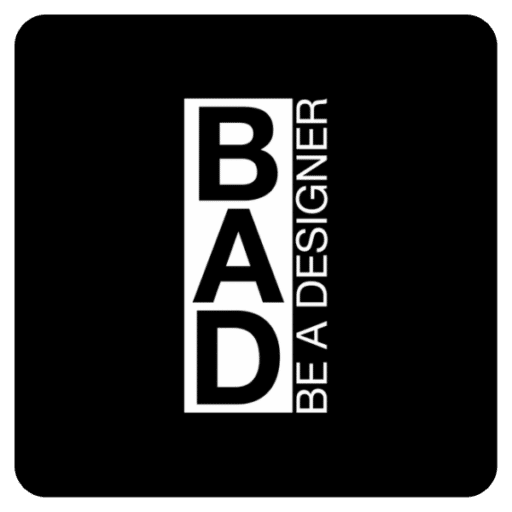
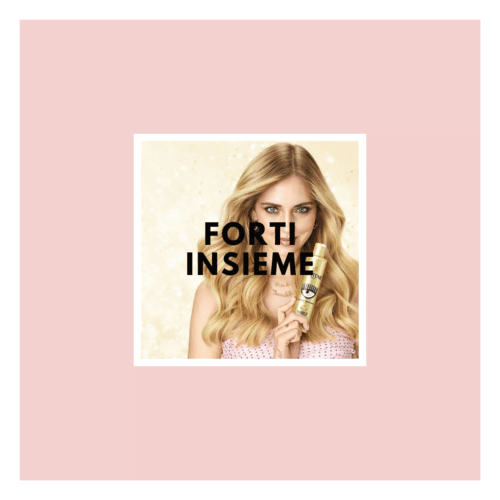
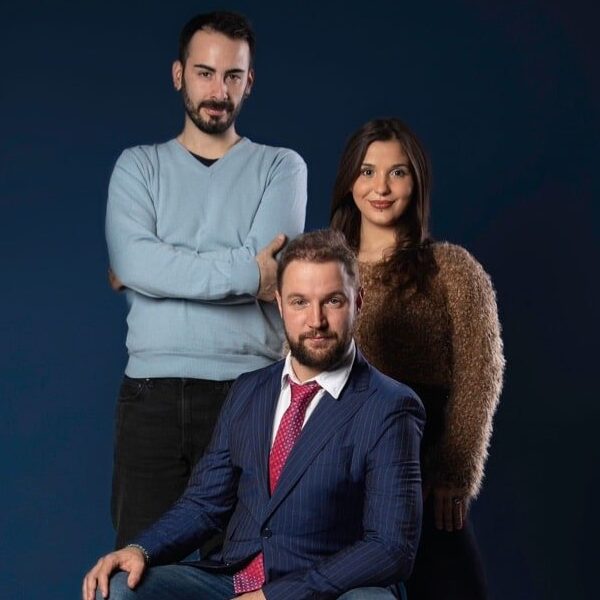















































![What are Pre Collections? A quick guide not to get lost in the fashion calendar! [Podcast]](https://i.ytimg.com/vi/iPWRY--iQPg/hqdefault.jpg)






